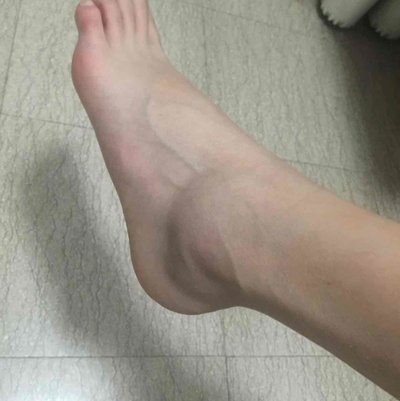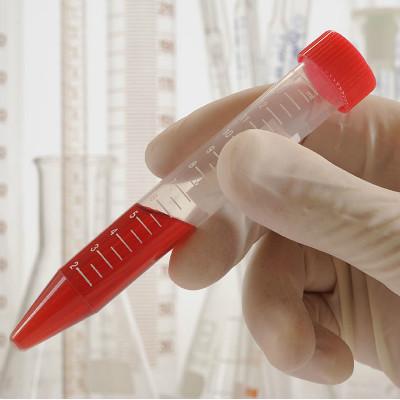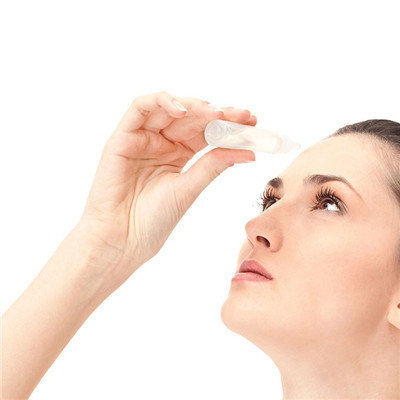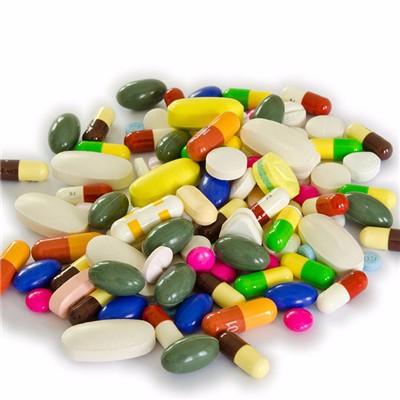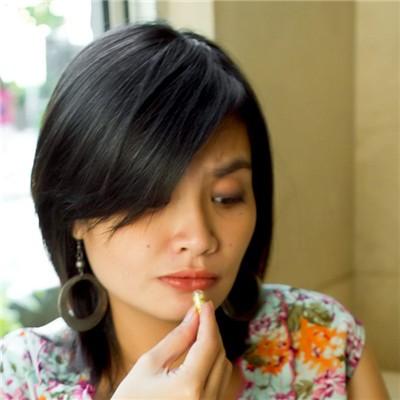How to treat giant papillary conjunctivitis?
summary
Giant papillary conjunctivitis is a kind of non infectious immune inflammation mainly involving the upper eyelid conjunctiva. It is named for the presence of "giant" nipples (diameter ≥ 1.0 mm) on the surface of the upper eyelid conjunctiva. Now let me talk to you about how to treat giant papillary conjunctivitis?.
How to treat giant papillary conjunctivitis?
First, to reduce deposition, the contact lens should be cleaned regularly with surfactant, usually once a day. Clean thoroughly in sterile, preservative free saline and place in a sterile system. In addition, the technicians should use enzyme preparation to clean the precipitated protein. Prostheses such as artificial eyes should be cleaned daily with simple household detergents such as soap and children's shampoo. Wash thoroughly in sterile saline and cold boiled water, then dry and store. If possible, the contact lens cleaning solution can also be used for cleaning. Health habit is an important factor to prevent GPC.

Second, the symptoms of GPC are usually time-dependent, that is, the longer the conjunctival surface contacts with foreign bodies, the more serious the symptoms. Therefore, for most contact lens wearers, it can reduce the wearing time in the daytime. Those who wear contact lenses for social or sports activities should also be encouraged to minimize the wearing time on various occasions. For those who wear artificial eyes, we should not only consider the problem from the perspective of beauty, but also ask the patients to take them out at night.

Thirdly, the wearing of contact lens and the optimization of its type. Improper wearing of contact lens can cause or promote the occurrence of GPC. We should pay attention to the shape of the lens, especially the edge of the lens. The lens with excessive edge warping is easy to cause upper eyelid conjunctival trauma. Compared with the small diameter lens, the larger diameter lens is also easy to cause the above state. Replacement of other products of different materials and designs, such as rigid breathable contact lenses, disposable contact lenses and low water content methyl methacrylate lenses, will also help to improve the disease.
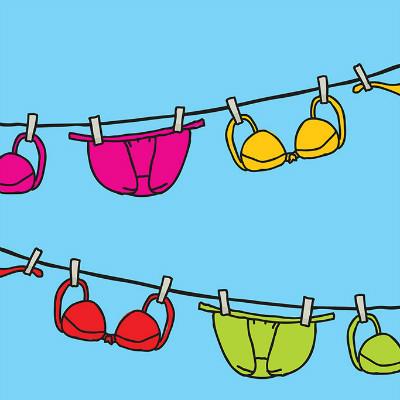
matters needing attention
The disease is chronic allergic conjunctivitis. If long-term use of corticosteroid eye drops is easy to cause glaucoma and other eye complications, it should be used under the guidance of a doctor. Do not buy long-term use by yourself. If the symptoms can not be relieved and the cornea is damaged by friction, surgical resection and mucosal transplantation can be considered.

